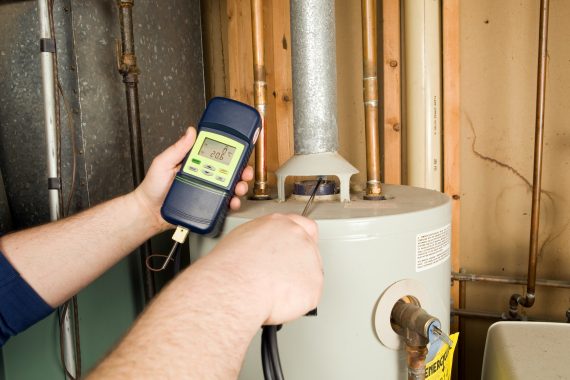In the quest for comfort and efficiency in your home, the placement of your thermostat plays a pivotal role more than one might initially consider. The location of your thermostat can significantly impact both your home’s energy consumption and comfort levels. Let’s explore why thermostat placement indeed matters and outline the best practices for its location.

The Impact of Poor Thermostat Placement
Incorrect thermostat placement can lead to a host of inefficiencies and comfort issues. For instance, placing a thermostat near windows, doors, or on exterior walls can cause the device to obtain misleading temperature readings due to drafts or the outdoor temperature influencing the indoor reading. Such misplacements can trigger your HVAC system to cycle on and off more frequently than necessary, leading to heightened energy bills and undue strain on your system.
Moreover, areas prone to internal sources of heat or coolness, such as kitchens, bathrooms, or near lamps and TVs, can similarly skew thermostat readings. This misreading can result in a home that’s either too warm or too cool, contrary to the actual desirable temperature.
Ideal Thermostat Placement
For optimal performance and accuracy, thermostats should be installed on interior walls, away from any direct sunlight, drafts, windows, and exterior doors. An ideal position is about 52-60 inches above the floor, which helps the thermostat accurately gauge the room’s average temperature.
-
Central Locations. Select a part of your home that sees regular use. This ensures the thermostat measures an accurate cross-section of your home’s temperature. Additionally, placing the thermostat in a central location prevents it from being influenced by the temperature variances that specific rooms might experience, ensuring a more consistent comfort level throughout your home.
-
Away from Kitchen Heat and Appliances. Kitchens and other appliances can produce a significant amount of heat; thus, avoiding these areas for thermostat placement is crucial. Such environments can mislead the thermostat into thinking the house is warmer than it actually is, leading to unnecessary cooling and a potential increase in energy bills.
-
Proper Height and No Obstructions. Ensuring the thermostat is placed at the correct height, away from furniture and obstructions, is vital for proper air circulation around the device. This placement ensures that the thermostat can accurately read the room’s temperature without any biases from blocked airflow or nearby heat sources.
The Role of Smart Thermostats and Zoning Systems
For homes with zoning systems or smart thermostats equipped with multiple sensors, the aforementioned issues can be mitigated to an extent. Nonetheless, the fundamental principles of avoiding direct sunlight, drafts, and internal heat sources remain pertinent. Smart devices offer the flexibility to adjust temperatures in specific zones of the house, lending to more nuanced control and potentially more significant energy savings.
Let’s Get Started!
Need HVAC help in Columbus , IN? Efficient Systems Inc. is your go-to provider of top-notch heating and cooling solutions! From HVAC repairs to thermostat installations, we’ve got you covered. Dial (812) 372-4495 or visit our site to schedule your service.















